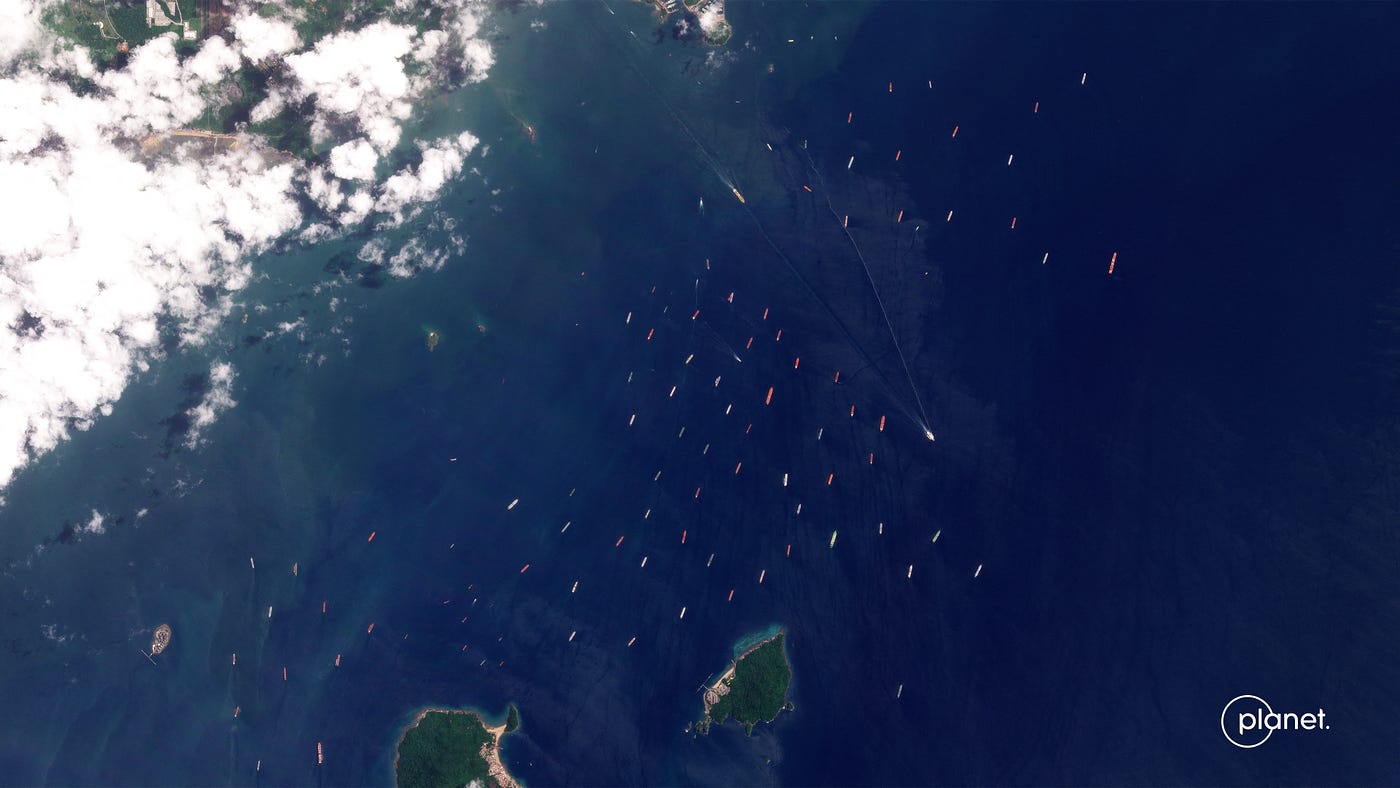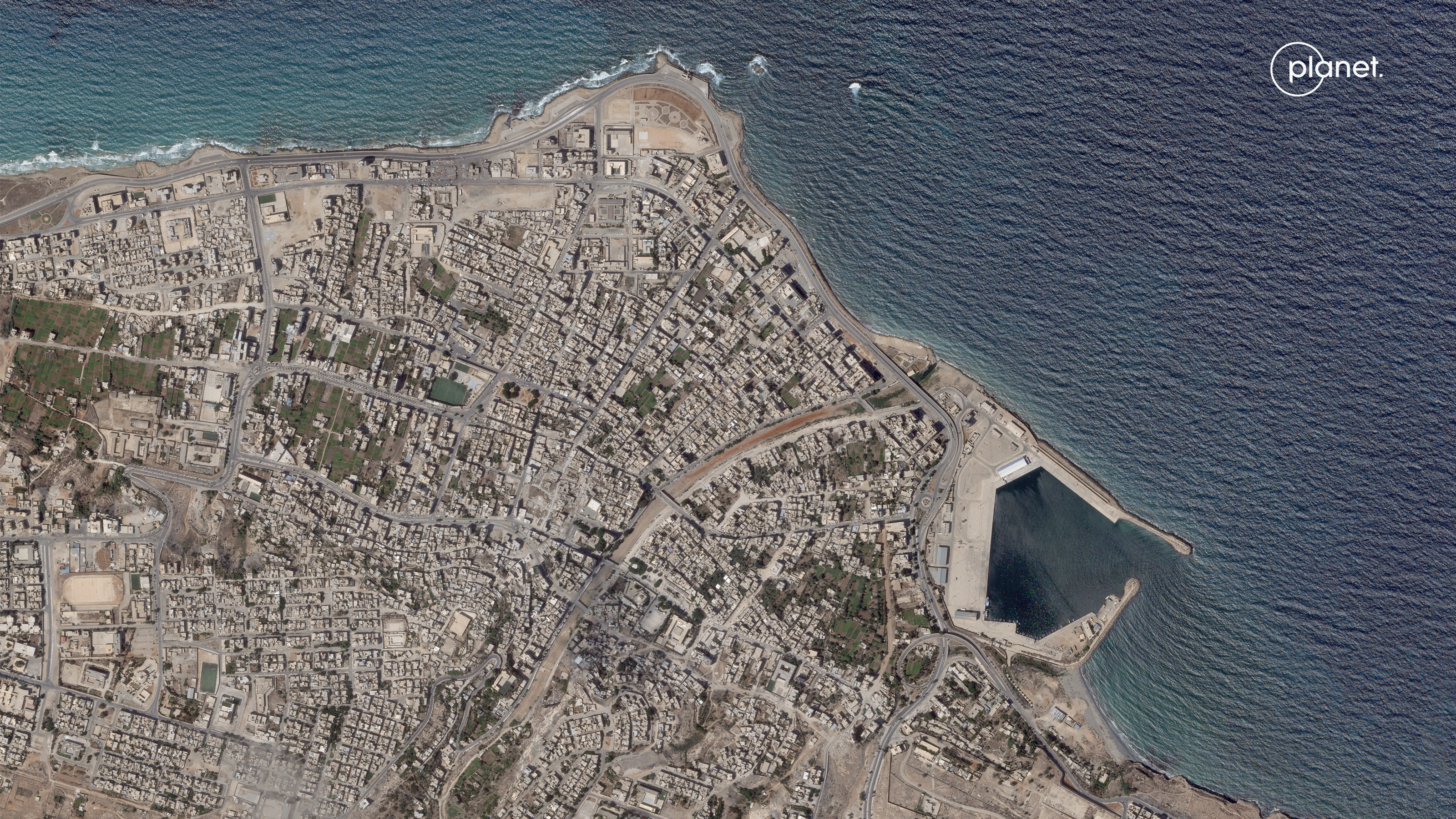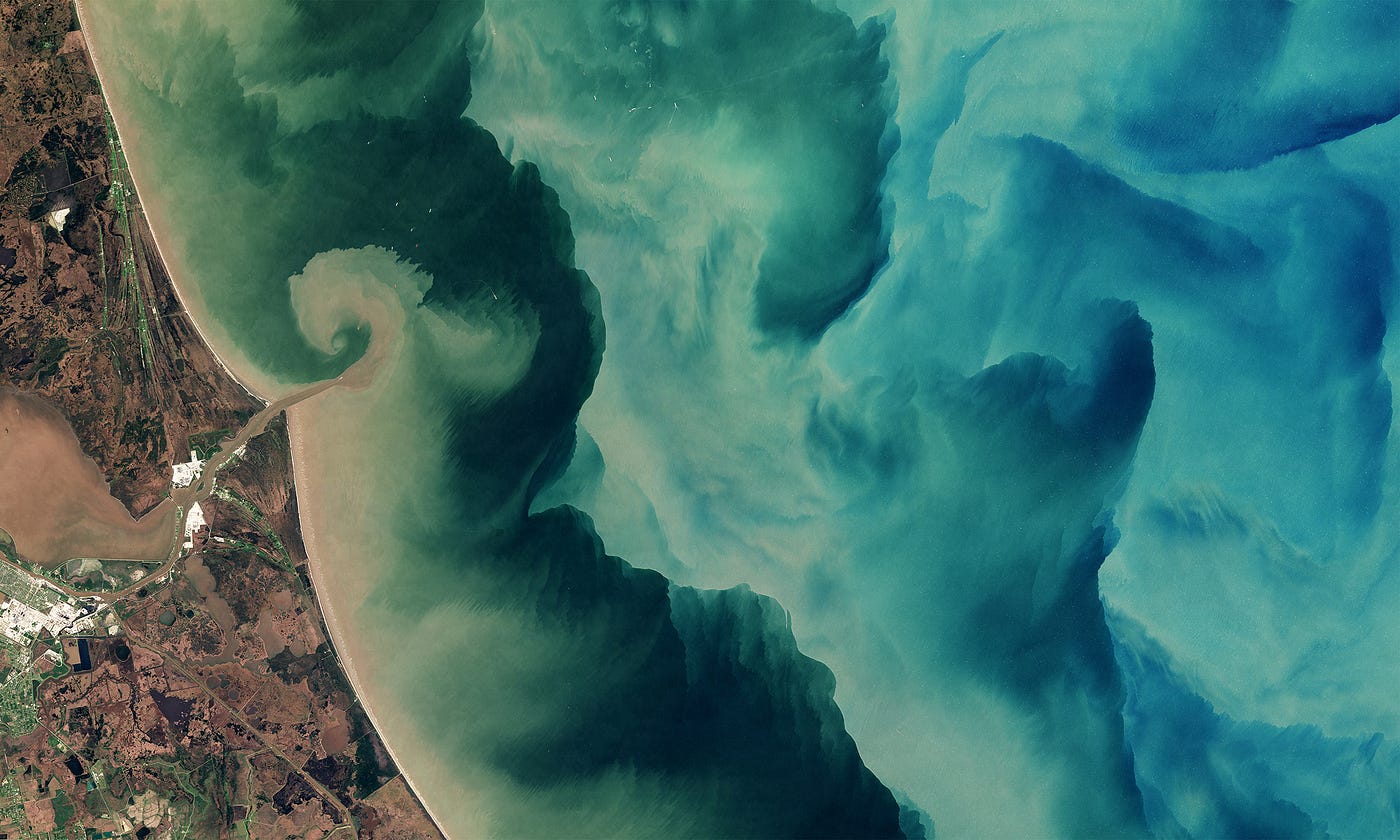2023 in Images
This year each of our satellites wrapped the Earth nearly 6,000 times to the silent soundtrack of outer space. Their journey was smooth. The content of the data they collected was not. They passed over ridges and valleys, storms and blue skies, celebrations and conflict. They witnessed daunting outcomes as climate change continued to push Earth’s atmospheric systems to new extreme limits. And they closely monitored geopolitical tensions that further intensified as new wars broke out and others carried on.
Every year feels like an exercise in jam-packing as much news in as possible. And every new year appears to usurp the last. But it’s not just the sheer quantity of stories that’s expanding. Disinformation and uncertainty seem to infect every breaking news story. Reporters seeking to accurately cover international developments don’t just need a helping hand, they need a truthful eye in the sky. So before we move into the new year we’re looking back at some of the pivotal events of 2023 that satellites helped cover.
January: Atmospheric Rivers
This is how the year starts: not with a bang, but with a deluge. A series of at least 12 atmospheric rivers drenched California in January after years of drought. The Washington Post used satellite imagery to convey the scale of change, from massive snow accumulation in the Sierra Nevada to the billions of dollars of damage closer to the coast. The scenes include flooded farms, toppled trees, destroyed piers, swelling lakes, and the runoff water that the state’s dams, reservoirs, and soil couldn’t retain.

February: Earthquake in Türkiye and Syria
On February 6, a magnitude 7.8 earthquake devastated parts of Türkiye and Syria, followed by a magnitude 7.5 aftershock. The New York Times and NZZ chronicled the tragic destruction with maps, satellite data, and on-the-ground comparison images. Thousands of buildings collapsed in certain hard-hit cities, and thousands of others damaged will likely need to be knocked down. Microsoft AI for Good assessed building level damage estimates over 4 heavily-impacted cities using satellite imagery and AI to deliver to the Turkish government.

March: Chinese Spy Balloon
A balloon inflated tensions between the US and China in early February after it crossed over North American skies. In March, The New York Times published their investigation of the balloon incident in an arching story that starts with helium and ends with a heat-seeking missile. Reporters used AI software from Synthetaic to comb through Planet’s satellite data and find every appearance of the balloon’s stoplight-looking pattern. But the piece’s real eye-opener is how AI and satellites can work in tandem to accomplish previously unthinkable feats.

April: Super Bloom
Super soak the plains of California over winter and reap the rewards of a super bloom in spring. The events are fairly rare — about once a decade by some estimates — since they require a high concentration of dormant wildflower seeds drenched by ample rainfall. The San Francisco Chronicle reported on this year’s super bloom that was so striking it can easily be seen from outer space.

May: War in Sudan
A humanitarian crisis is precipitating after rival Sudanese factions violently first clashed in April. The fighting has been heaviest in Khartoum, the country’s capital, where the civil war rages on even as the international community attempts to broker peace. In May, Bloomberg reported on the destruction of critical infrastructure as a result of the fighting and the dire conditions Sudanese civilians face as soldiers target food factories, civilian markets, aid warehouses, and factories.

May: North Korean Satellites
North Korea unsuccessfully attempted to place its first spy satellite into orbit as part of a broader effort for the country to further propel themselves into the international scene. AP shared a satellite image that suggested the contentious launch was imminent and shared reports after it had failed. The crash has apparently not stopped the country’s push for a second launch in the future.

June: Ukrainian Dam Destroyed
The Russia-Ukraine war passed a grim milestone this week as fighting between the two countries surpassed 650 days. Reporters and humanitarian groups continue to diligently cover the war’s developments from illegal grain transfers to its shifting frontline. And that work is more important than ever as the conflict is marred by conflicting narratives and contested facts. This came to a head in early June with the destruction of the Kakhovka Dam in a Russian-controlled area of southern Ukraine. As water surged through the barrier and began flooding nearby lands, the BBC reported on its impact and the two government’s conflicting accusations.

July: Barbenheimer
The Barbie and Oppenheimer blockbuster opening weekend provided a much needed booster to an industry heavily impacted by pandemic shutdowns. The Barbenheimer theatrical release raked in $246.2 million at the box office, with Barbie’s share of $162 million breaking the debut record for a female director. But the cultural fervor over the event may be partly explained by Barbie’s estimated $150 million marketing budget which injected a healthy dose of the color pink across the board that went as far as an entire mansion in Malibu.

July: Icelandic Volcanic Eruption
When the Earth grumbles, people listen. Which is why scientists and tourists alike are waiting with baited breath for Iceland’s Fagradalsfjall volcanic system to erupt as hundreds of small earthquakes rock the region and fissures crack nearby towns. But this potential eruption is just the latest chapter in the volcanic island’s storied history. Back in July we captured magma and gases spewing from the Litli Hrutur Volcano about 30 km (19 mi) from Reykjavik, Iceland’s capital.

Summer: Hottest on Record
One adjective unequivocally dominated global headlines this past summer: hot. It was, in fact, the hottest summer since records began in 1880. But a celsius reading is one thing and its impacts another. Heat waves, ice melt, droughts, and wildfires were so pervasive that even parts of South America (currently in winter) experienced the temperature spike. But the summer’s defining climate story is arguably Canada’s record-setting wildfire season, which burned an area equal to the country’s annual totals from the previous 7 years and released 2 billion tonnes of carbon dioxide into the atmosphere.

August: Hawaii Wildfires
A fallen power line ignited a field of invasive grasslands and sparked a wildfire that claimed the lives of nearly 100 people and burned the homes of thousands more this past August. In the aftermath, reporters pieced together a story that’s becoming all too familiar for deadly wildfires: mismanaged land, failing infrastructure, conditions made favorable to fire by climate change, and people suffering unimaginable loss. The Washington Post published articles that pulled together local testimonies, satellite imagery, and eyewitness accounts to investigate the fire’s cause and assess its extensive damage.

August: Panama Canal Pileup
The Ever Given blockade of the Suez Canal debacle of 2021 showed the world just how much global shipping supply chains hinge on key crossings. And while it may not have garnered the same media attention, the traffic jam at the Panama Canal this year suggests that these blockages may become more frequent in the future. For the culprit wasn’t an errant ship but water conservation measures due to the country’s ongoing drought. CNBC reported on the backup of the trade route that facilitates 40% of all US container traffic and visualized the situation with a satellite image of hundreds of ships waiting to cross the canal.

September: Flooding in Libya
Multiple African countries are grappling with heavy rains and floods this fall. Torrential rainfall intensified by El Niño has killed hundreds and displaced millions in the continent’s east — a region which had been struggling with drought for years. And in September, two dams burst in Libya after Storm Daniel made landfall and inundated waterways and infrastructure.

October: Israel-Hamas War
A decades-long conflict sharply escalated on October 7th when Hamas militants attacked Israeli settlements. Israeli forces have heavily bombarded and invaded the Gaza Strip in the following months. Amid the horrific scenes and humanitarian crises are journalists on-the-ground and from afar working tirelessly to accurately chronicle the war.

November: Amazon Deforestation Declines
For decades climate-related impacts and deforestation have run rampant throughout South America’s Amazon Rainforest, also known as the lungs of the Earth. But many have been bravely working to protect this vital ecoregion. The result? A study of satellite data this year found that deforestation in the planet’s largest rainforest has declined by 22%, Mongabay reports. It doesn’t mean the deforestation problem is out of the woods yet, but it’s an encouraging sign that policies are working and that the region is moving in the right direction.

November: Bhutan’s Bitcoin
There are a few similarities between traditional mineral and Bitcoin mining: a large investment, intense energy use, and a profitable resource extracted. But the comparisons end there. Last week, Forbes uncovered the secret locations of Bhutan’s bitcoin mining centers established by the country’s monarch. He hopes the project — built from the bones of its failed “Education City” — will help alleviate the country’s economic hardships.

For every image we take of a disaster, we take thousands more of our stunning planet. A massive selection of beautiful Earth images may not be as newsworthy as a single shot of a critical event. But together they illustrate the reason why all of this matters: the preservation of this beautiful planet and the vibrant communities who are fortunate enough to call it home.

Sign up to our Planet Snapshots newsletter for new stories every week!




